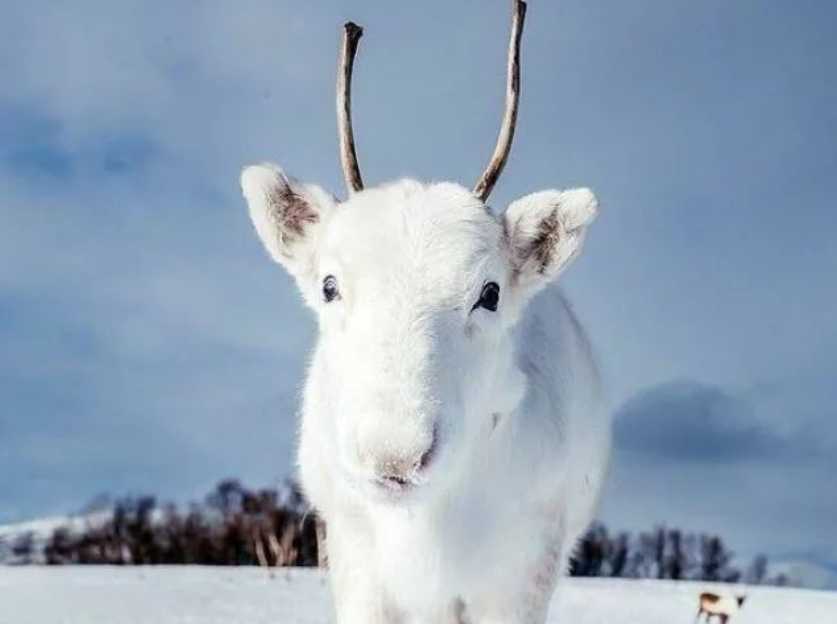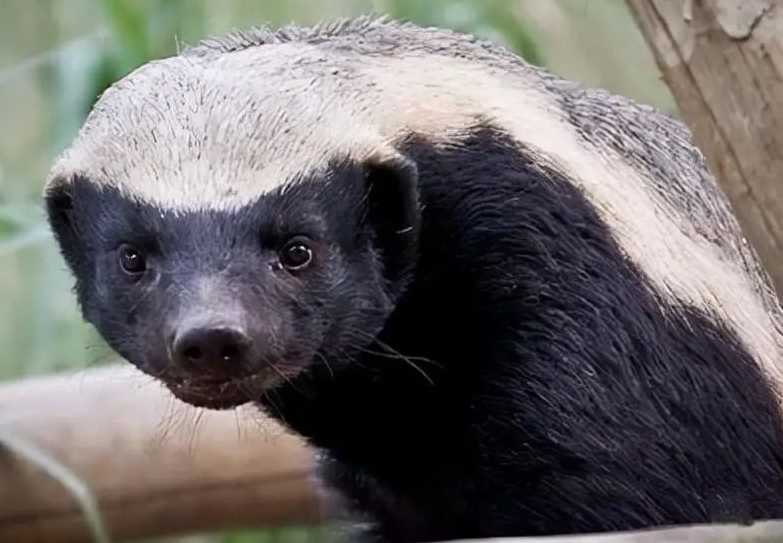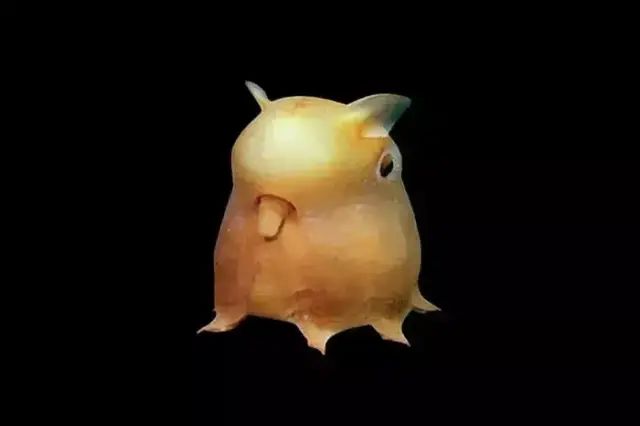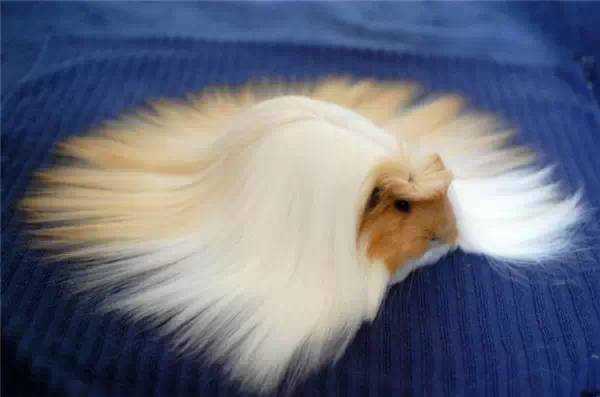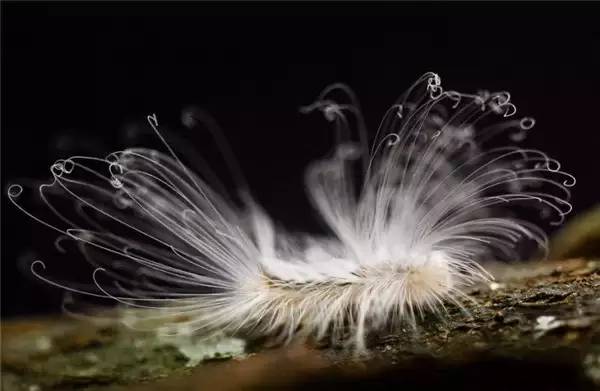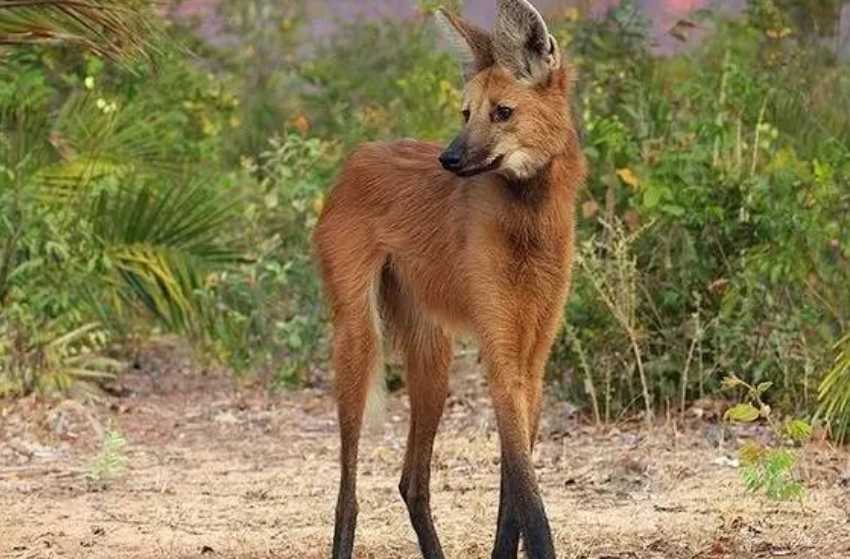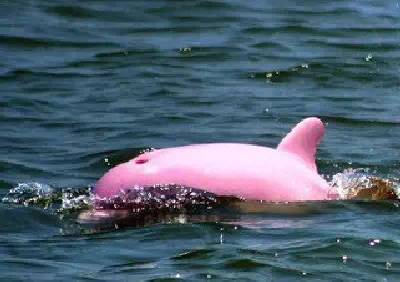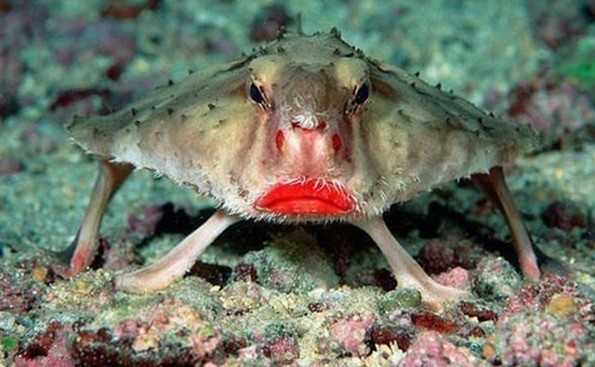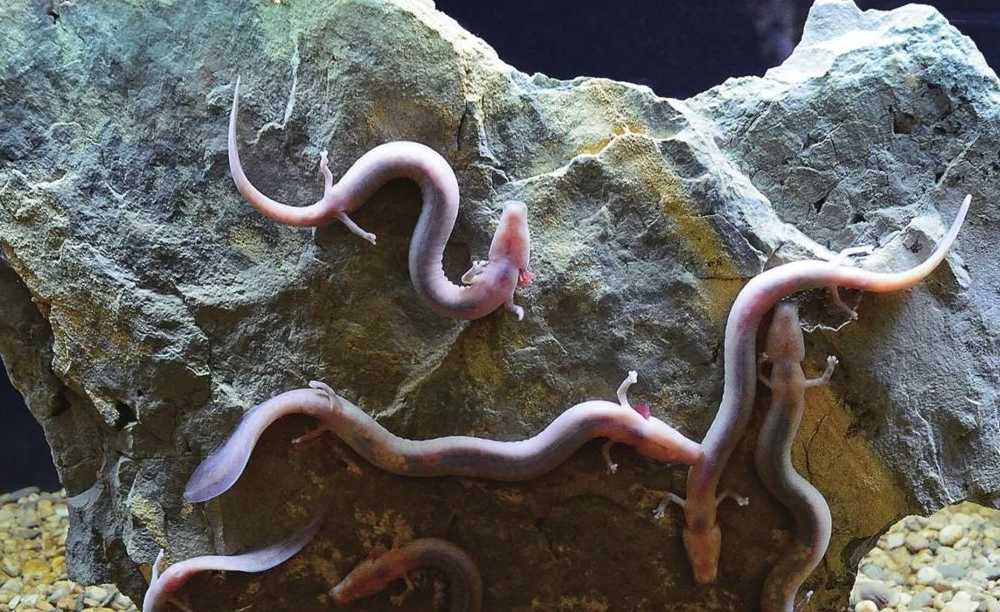Animal Kingdom
The Sunda Colugo: An Indonesian Native That's Neither a Monkey Nor a True Flyer
Native to the rainforests of Indonesia, Malaysia, and Thailand, the Sunda colugo (Galeopterus variegatus) confuses observers with its misleading name. Despite being called a "cat monkey" in some regions, this arboreal mammal belongs to the order Dermoptera—and rather than flying, it performs an astonishing glide that spans up to 100 meters between trees.
The Dumbo Octopus: A Deep - Sea Marvel Named After Disney's Beloved Elephant
Hiding in the pitch - black depths of the ocean, the dumbo octopus (Grimpoteuthis) floats like a living piece of animation, its name inspired by Disney’s iconic flying elephant, Dumbo. With flapping ear - like fins and a gelatinous, umbrella - shaped body, this deep - sea cephalopod has captured the imagination of marine biologists and the public alike, proving that reality can be just as magical as fiction.
The Long-Haired Guinea Pig: A Fluffy Companion with a Rich Historical Background
Native to the Andes Mountains of South America, the long-haired guinea pig, often known as the "Peruvian guinea pig" or "Sheltie," has captivated pet enthusiasts worldwide with its flowing, silky fur and gentle demeanor. Descended from wild cavies domesticated by the Incas over 3,000 years ago, these rodents blend practical utility with ornamental appeal, standing out as both charming companions and living links to ancient Andean culture.
The Malayan Tapir: Southeast Asia’s Elusive 'Living Fossil' with a Distinctive Black-and-White Coat
Native to the dense rainforests of Malaysia, Thailand, and Sumatra, the Malayan tapir (Tapirus indicus), also known as the Asian tapir, stands out as one of the region’s most unique and endangered mammals. Recognized by its striking black-and-white coloration and prehensile snout, this large herbivore is often called a "living fossil" due to its ancient lineage and primitive features.
The Long Caterpillar: Nature’s Elongated Larval Wonders
Caterpillars, the larval stage of butterflies and moths, exhibit remarkable diversity, with some species evolving elongated bodies to survive in unique ecological niches. These "long caterpillars" captivate biologists and nature enthusiasts alike, blending adaptation with bizarre aesthetics.
The Maned Wolf: South America’s Elegant 'Fox on Stilts' with a Mysterious Lifestyle
Native to the grasslands and savannas of Brazil, Paraguay, and Argentina, the maned wolf (Chrysocyon brachyurus) stands out as one of South America’s most unique canids. Often described as a "fox on stilts," this tall, reddish canid with a distinctive black mane along its neck and back has captivated researchers with its enigmatic behavior and evolutionary isolation.
The Pink Bottlenose Dolphin: Nature’s Rare Blush-Hued Marine Marvel
A rare and captivating variant of the common bottlenose dolphin (Tursiops truncatus), the pink bottlenose dolphin has fascinated marine biologists and enthusiasts with its striking rosy hue. Spotted in coastal waters from the Gulf of Mexico to Southeast Asia, this genetic anomaly stands out not only for its color but also for the mysteries surrounding its unique pigmentation.
The Red-Lipped Batfish: Galápagos’ Quirky Underwater Celebrity with a Pouty Predatory Style
Native to the coastal waters of the Galápagos Islands and Peru, the red-lipped batfish (Ogcocephalus darwini) has become an internet sensation for its most striking feature—bright red, pouty lips that contrast vividly with its grayish-brown body. This unusual fish, adapted for life on the ocean floor, trades swimming for "walking" using modified pectoral fins, making it a fascinating example of evolutionary specialization.
The Bashkir Curly Horse: Nature’s Living Mane Masterpiece Bred by Bashkir People
Hailing from the Ural Mountains of Russia, the Bashkir curly horse (Bashkirskaya Kruglaya) stands out with its most iconic trait—dense, spiral - curled fur that resembles a meticulously styled perm. Bred for centuries by the Bashkir people, this rare breed combines striking aesthetics with remarkable hardiness, thriving in the harsh climates of its native land.
The Olm: Nature’s Living 'Dragon' of Alpine Caves
Often hailed as the closest real-life counterpart to mythical dragons, the olm (Proteus anguinus) dwells in the limestone caves of the Alps. With a serpentine body, tiny limbs, and three pairs of vibrant red feathery gills, this amphibian bears an uncanny resemblance to legendary dragon depictions—minus scales. Native to underwater cave systems in Slovenia, Croatia, and Bosnia, it has inspired myths for centuries, and its image is frequently misused in online hoaxes claiming to show "baby dragons."

